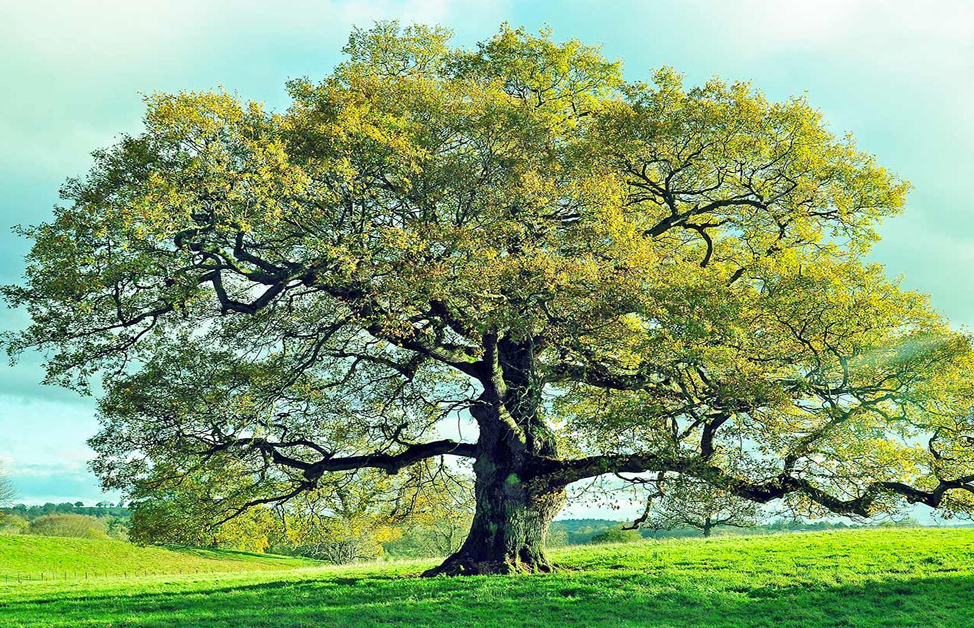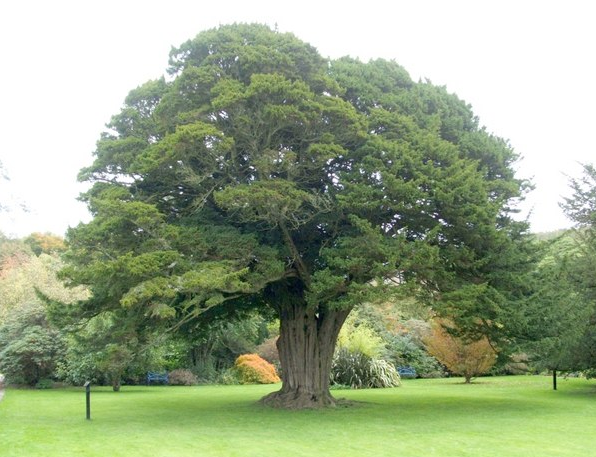The baobab tree holds a special place in the hearts of the Central African Republic’s people as the Central African Republic National Tree. This majestic tree has been intertwined with the country’s history, culture, and traditions for centuries.
Historical and Cultural Significance of Central African Republic National Tree
The baobab tree has long been revered by indigenous communities in the Central African Republic. It has been a symbol of strength, resilience, and the enduring spirit of the people. In folklore and oral traditions, the baobab tree is often associated with wisdom, healing, and spiritual connections.
Unique Characteristics and Appearance
One cannot help but be captivated by the baobab tree’s distinct features. With its massive trunk, thick branches reaching outwards, and a crown of foliage, it creates a mesmerizing silhouette against the African sky. Baobabs are known to live for hundreds, if not thousands, of years, making them living witnesses to the passing of time.
Environmental Adaptations
Surviving in the harsh African landscapes, the baobab tree has evolved unique adaptations to thrive in its environment. Its ability to store and retain water during the dry season is remarkable. The tree’s massive trunk serves as a reservoir, allowing it to endure prolonged periods of drought. This resilience enables the baobab tree to provide shade, shelter, and sustenance to various forms of life.
The Baobab Tree’s Role in Ecosystems
The baobab tree plays a vital role in the intricate web of African ecosystems, fostering biodiversity and supporting numerous plant and animal species.
Providing Habitat and Food for Wildlife
The hollow trunks and sturdy branches of baobab trees offer shelter and nesting sites for a variety of birds, bats, and small mammals. Furthermore, the tree’s flowers attract pollinators, contributing to the intricate cycle of plant reproduction. Animals such as elephants, baboons, and antelopes rely on the baobab tree’s nutritious fruit and leaves for sustenance.
Nutritional and Medicinal Benefits
Beyond its ecological importance, the baobab tree also provides valuable nutritional and medicinal resources. The fruit of the baobab tree, rich in vitamin C and antioxidants, is consumed by both humans and wildlife. Additionally, parts of the tree, including the bark and leaves, have been traditionally used for their medicinal properties in treating various ailments.
Environmental Sustainability
The baobab tree’s ability to thrive in arid regions makes it a crucial ally in the fight against desertification and climate change. Its extensive root system helps stabilize soil, preventing erosion, while its leaf litter enriches the surrounding land with nutrients. These ecological benefits contribute to the overall health and sustainability of the Central African Republic’s landscapes.
Conservation Efforts and Challenges for Central African Republic National Tree
Despite its resilience, the baobab tree faces numerous threats to its survival, highlighting the need for conservation efforts and awareness campaigns.
Threats to Baobab Tree Populations
Illegal logging, habitat destruction, and climate change pose significant challenges to the baobab tree’s populations in the Central African Republic. The loss of mature trees disrupts ecosystems, affecting wildlife and indigenous communities that rely on the tree for their livelihoods.
Conservation Initiatives and Organizations
To safeguard the future of the baobab tree, conservation initiatives and organizations have emerged to promote sustainable practices and raise awareness about the importance of preserving this iconic species. Local communities, researchers, and governmental bodies collaborate to monitor baobab populations, implement protective measures, and engage in reforestation efforts.
Sustainable Practices for Preserving Baobab Trees
Sustainable practices, such as promoting responsible harvesting techniques, educating communities about the value of baobab trees, and supporting income-generating activities linked to baobab products, can contribute to the preservation of these magnificent trees. Empowering local communities and integrating traditional knowledge with modern conservation strategies are key components of these initiatives.
Central African Republic National Tree and Economy
Beyond its cultural and ecological significance, the baobab tree holds economic potential for the Central African Republic.
Economic Benefits of Baobab Tree Products
The fruits, seeds, leaves, and bark of the baobab tree have immense economic value. The fruits can be processed into powders, oils, and juices, which are sought after for their nutritional benefits. Baobab products have gained popularity globally, providing income-generating opportunities for communities involved in their production.
Indigenous Communities and Livelihoods
For indigenous communities living in the Central African Republic, the baobab tree is deeply intertwined with their livelihoods. They have been sustainably utilizing baobab products for generations, creating a source of income and cultural preservation. By recognizing and supporting their traditional practices, the baobab tree can continue to contribute to the well-being of these communities.
Potential for Sustainable Economic Growth
The baobab tree presents an opportunity for sustainable economic growth in the Central African Republic. By harnessing the tree’s resources responsibly and establishing fair trade practices, the country can create a niche market for baobab products. This can lead to increased income, employment, and economic development, all while preserving the environment and cultural heritage.
Conclusion
The baobab tree holds a special place in the hearts of the people of the Central African Republic. Its historical and cultural significance, unique characteristics, and vital role in ecosystems make it a true national treasure. By prioritizing conservation efforts, supporting sustainable practices, and recognizing the economic potential of baobab products, the Central African Republic can ensure the preservation and prosperity of this magnificent tree for generations to come.
FAQs (Frequently Asked Questions)
- What is the national tree of the Central African Republic?
The national tree of the Central African Republic is the baobab tree, an iconic symbol of the country’s culture and natural heritage.
- Why is the baobab tree important in ecosystems?
The baobab tree provides habitat and food for wildlife, contributes to biodiversity, and plays a role in environmental sustainability by preventing desertification and soil erosion.
- What are the threats to baobab tree populations?
Baobab trees face threats such as illegal logging, habitat destruction, and the impacts of climate change, which can result in the loss of mature trees and disrupt ecosystems.
- Are there any conservation initiatives to protect baobab trees in the Central African Republic?
Yes, there are various conservation initiatives and organizations working to protect baobab trees in the Central African Republic. These efforts involve monitoring populations, implementing protective measures, and promoting sustainable practices.
- How can the baobab tree contribute to the Central African Republic’s economy?
Baobab tree products, such as fruits, seeds, and leaves, have economic value and are sought after for their nutritional benefits. By promoting responsible harvesting and fair trade practices, baobab products can create income-generating opportunities and contribute to sustainable economic growth.
References:
- Alves, R. R. N., de Albuquerque, U. P., & Patrício, E. M. (2010). Biodiversity, traditional medicine, and public health: where do they meet? Journal of Ethnobiology and Ethnomedicine, 6(1), 14. doi: 10.1186/1746-4269-6-14
- Baum, D. A. (1995). The Comparative Pollination and Floral Biology of Baobabs (Adansonia- Bombacaceae). Annals of the Missouri Botanical Garden, 82(2), 322-348. doi: 10.2307/2399884
- Boffa, J. M. (1999). Agroforestry parklands in sub-Saharan Africa. FAO Conservation Guide 34. Rome: Food and Agriculture Organization of the United Nations.


